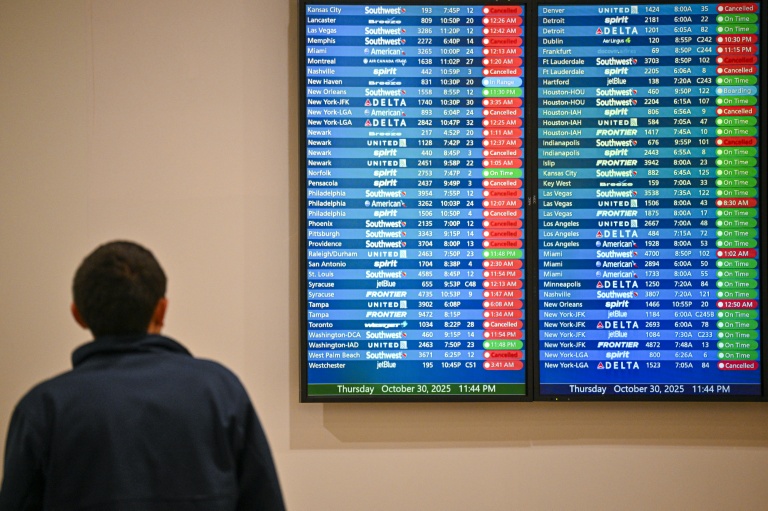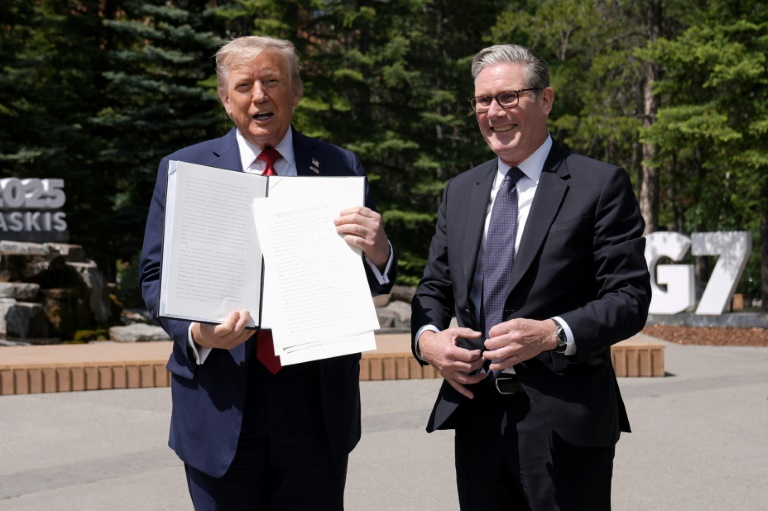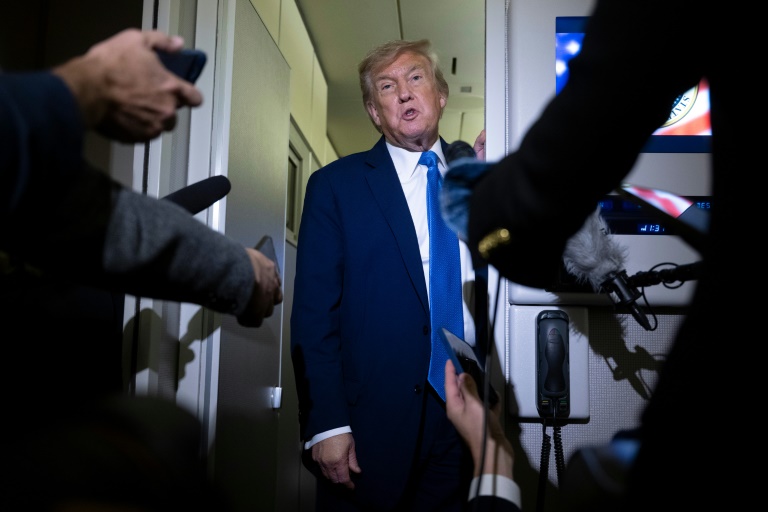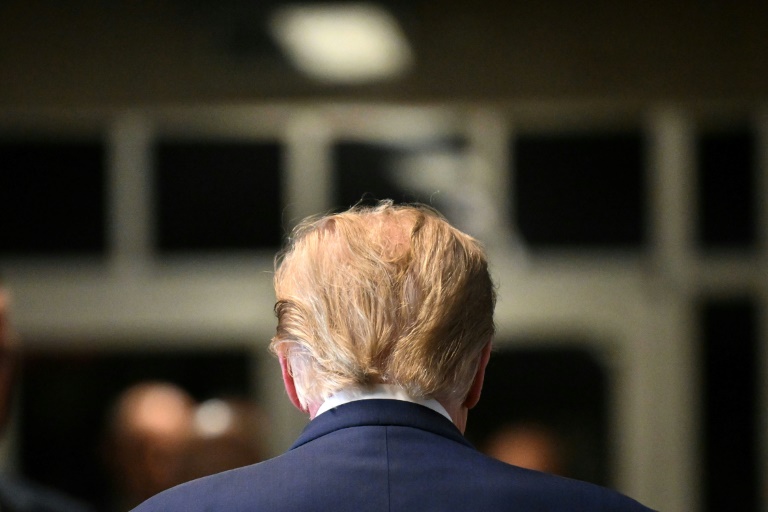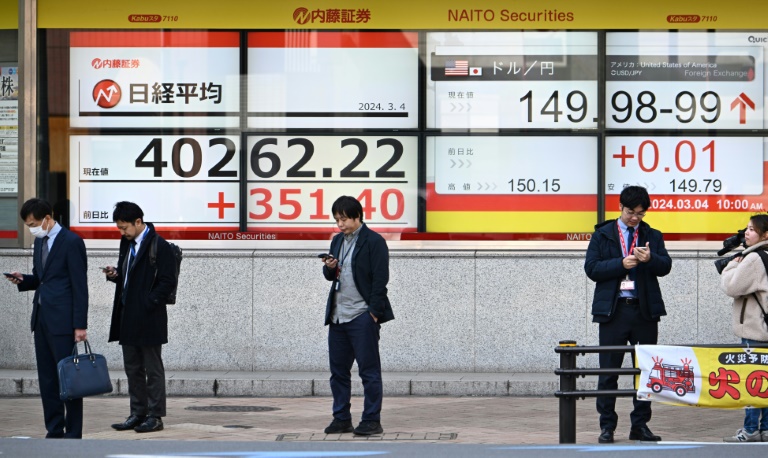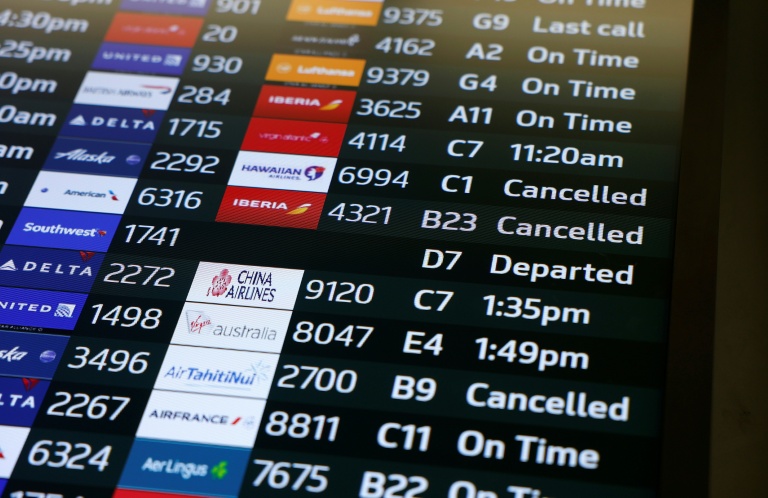Washington (AFP) – US retail sales declined more than expected in May, government data showed Tuesday, dragged by a slowdown in auto sales as consumers pulled back after hurrying to get ahead of President Donald Trump’s sweeping tariffs. As Trump’s levies begin to take effect throughout the country, analysts are keeping a close watch on how consumers — a critical driver of the world’s biggest economy — respond to the resulting uncertainty and any price increases down the line.
Last month, overall sales fell by 0.9 percent from April to $715.4 billion, according to data released by the Department of Commerce. It was the largest decline since the start of the year, and bigger than the 0.6 percent drop expected by a Briefing.com consensus forecast. From a year ago, retail sales were up 3.3 percent, still a slowdown from the 5.0 percent rate in April.
Analysts said consumers likely brought forward major purchases like cars in anticipation of Trump’s tariffs — the president imposed a sweeping 10 percent levy on almost all US partners in April. Trump also separately slapped steeper tariffs on imports of steel, aluminum, and automobiles, fueling concern that these would push inflation up in the coming months. Excluding autos and parts, retail sales in May were still 0.3 percent down from the prior month. Sales at motor vehicle and parts dealers slumped 3.5 percent on-month, while those at restaurants and bars fell 0.9 percent. Declines in spending were also seen at electronics and appliance stores, grocery stores, and gas stations, the report said.
For now, there are “few signs” in key sales components that consumer demand for imported goods is collapsing, said Oliver Allen, senior US economist at Pantheon Macroeconomics. Despite declines elsewhere, sales were still up at furniture and clothing stores. But underlying sales volumes could drop in the coming months as tariffs are passed on, he said. Economists anticipate a more notable hit to consumer costs once businesses run down existing inventory.
“Tariffs haven’t hit domestic prices in earnest yet, so these data paint an overly reassuring picture,” said Nationwide financial markets economist Oren Klachkin. “We expect to see a larger impact in the summer when the levies will pass through into consumer prices,” he added. Currently, Klachkin said, the consumer “isn’t spending lavishly and is understandably price sensitive.”
A key question this week is how a weaker-than-expected retail sales report might influence the Federal Reserve’s deliberations as the central bank opened its two-day policy meeting Tuesday. The Fed has been cautious when it comes to lowering interest rates further despite Trump calling for larger rate cuts in the face of benign inflation data. Policymakers are watching for the effects of tariffs on prices and the jobs market before acting further. The bank is widely expected to keep rates unchanged for a fourth straight meeting, while releasing its economic projections as well on Wednesday afternoon.
Separately, US industrial production edged down unexpectedly in May as a drop in utilities output outweighed slight increases in manufacturing and mining.
© 2024 AFP





